The Many Colors of Ice
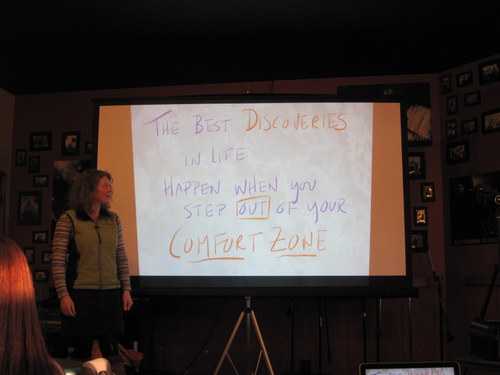
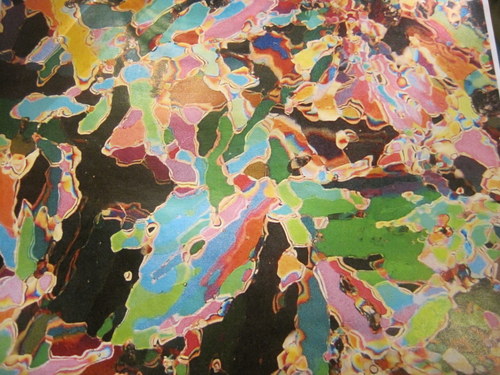
These first few days of training have been a lot of “getting to know you” kind of fun, but let’s face it: I came here to learn a little science. Honestly, I haven’t been disappointed. We’ve had at least one polar researcher each day talk to us about various concepts, but the ones that have been most interesting to me are the ones that relate to arctic ecosystems, permafrost and carbon cycling. I suppose that shouldn’t be surprising, considering the project I will be working on this summer!
The Cutest Hibernator Ever
Speaking of this summer, I had a chance to experience some of the research that will be happening at Toolik Field Station before I get there, involving hibernation patterns of the arctic ground squirrel. Another PolarTREC teacher, Alicia Gillean will be working with Dr. Cory Williams to determine how the squirrels “know” when it is night or day time (so they can get some sleep!), given that they arctic summers experience 24 hours of sunlight (and, you guessed it, 24 hours of darkness in the winter). Since the squirrels are diurnal, it is essential that they maintain their normal cycle of activity and sleeping when they are not hibernating. Make sure that you sign up for Alicia’s journal to get more information on these furry little guys (NOTE: The cute factor is pretty high)!
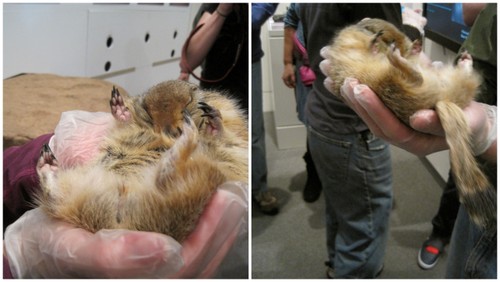
Carbon, Carbon, Carbon
Tom Lane, is another PolarTREC teacher who will be working in Alaska this season. Tom and his researcher, Elizabeth Webb (pictured below) will be investigating how the permafrost (soil that remains frozen for 2 or more years) stores and releases carbon during its annual cycle of thawing and freezing. How did the carbon get in the soil in the first place? Remember that plants take in CO2 during photosynthesis and store it in their tissues. There are microbes (decomposers) in the soil then make a meal of those plants, but because the soil is soooooo cold, those microbes hold on to that precious carbon for longer than normal and act as a “sink”. Since the permafrost is thawing a bit quicker and earlier than it has in the past due to climatic changes, scientists are worried that more carbon could be released from the soil at higher rates which could drastically impact our global temperature.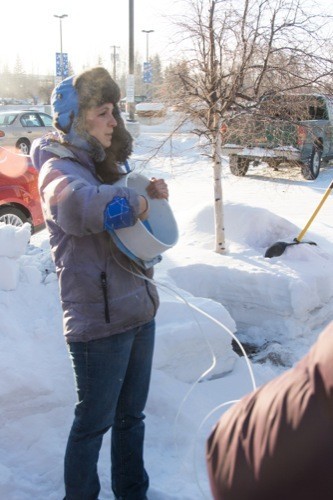
Odds and Ends
And there was so much more…a permafrost tunnel with intact fossils from the Pleistocene, a quick trip to part of the Alaskan pipeline, a visit to CH2MHill, the company that will be providing all my gear this summer, an afternoon at The Museum of the North and, oh yeah…it was my birthday too. Here are a few pictures to share my story!
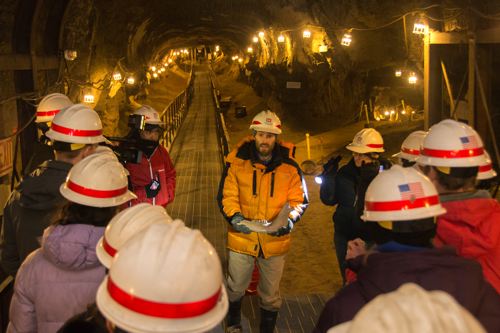
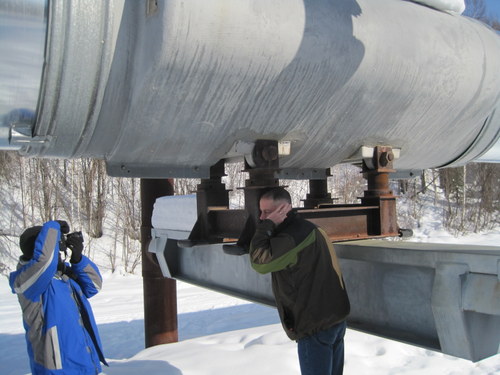
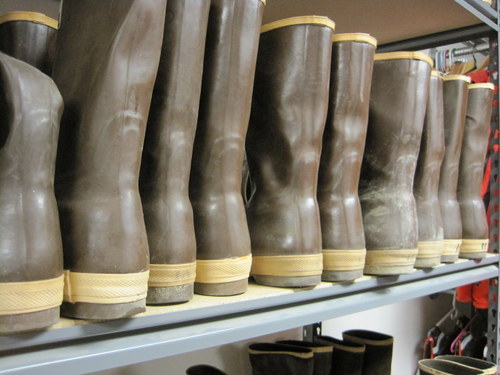
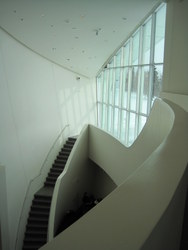
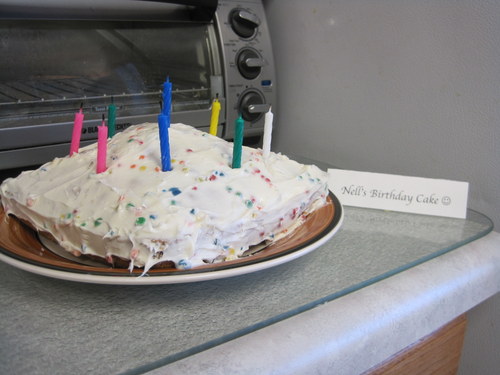
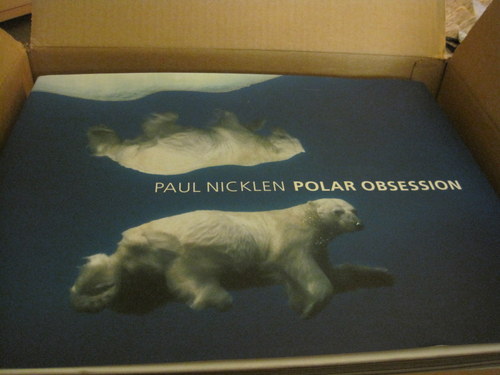


Comments